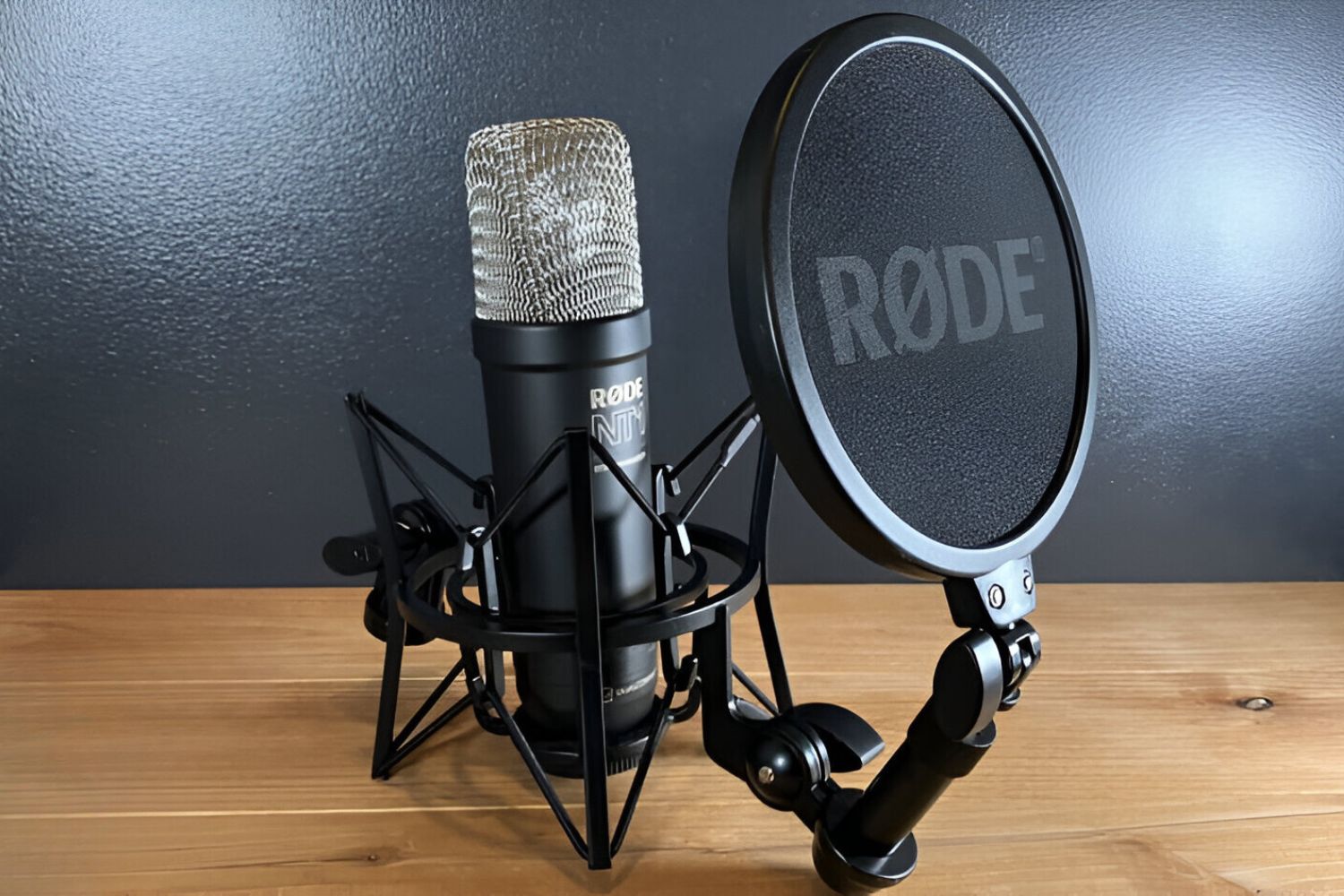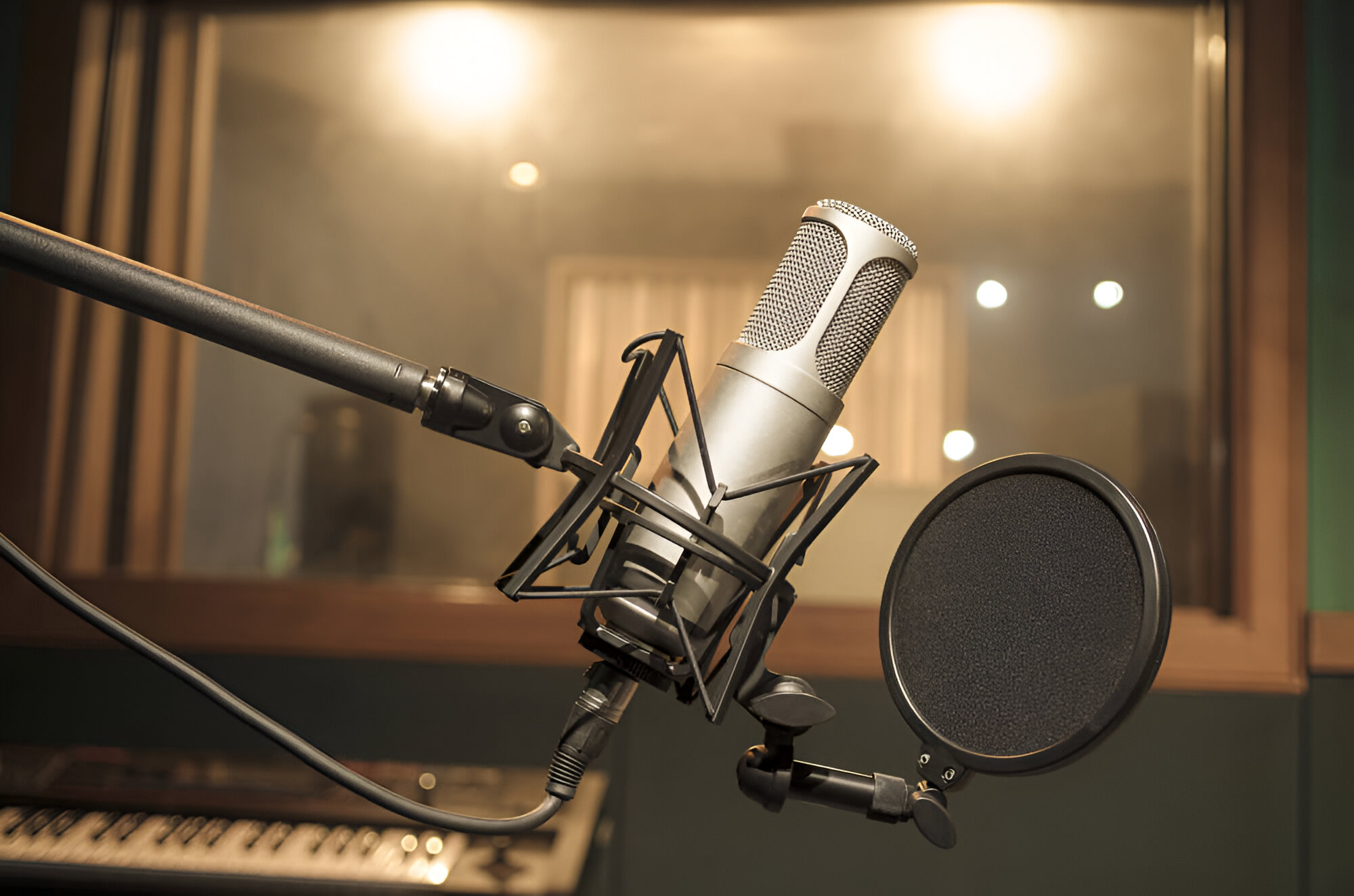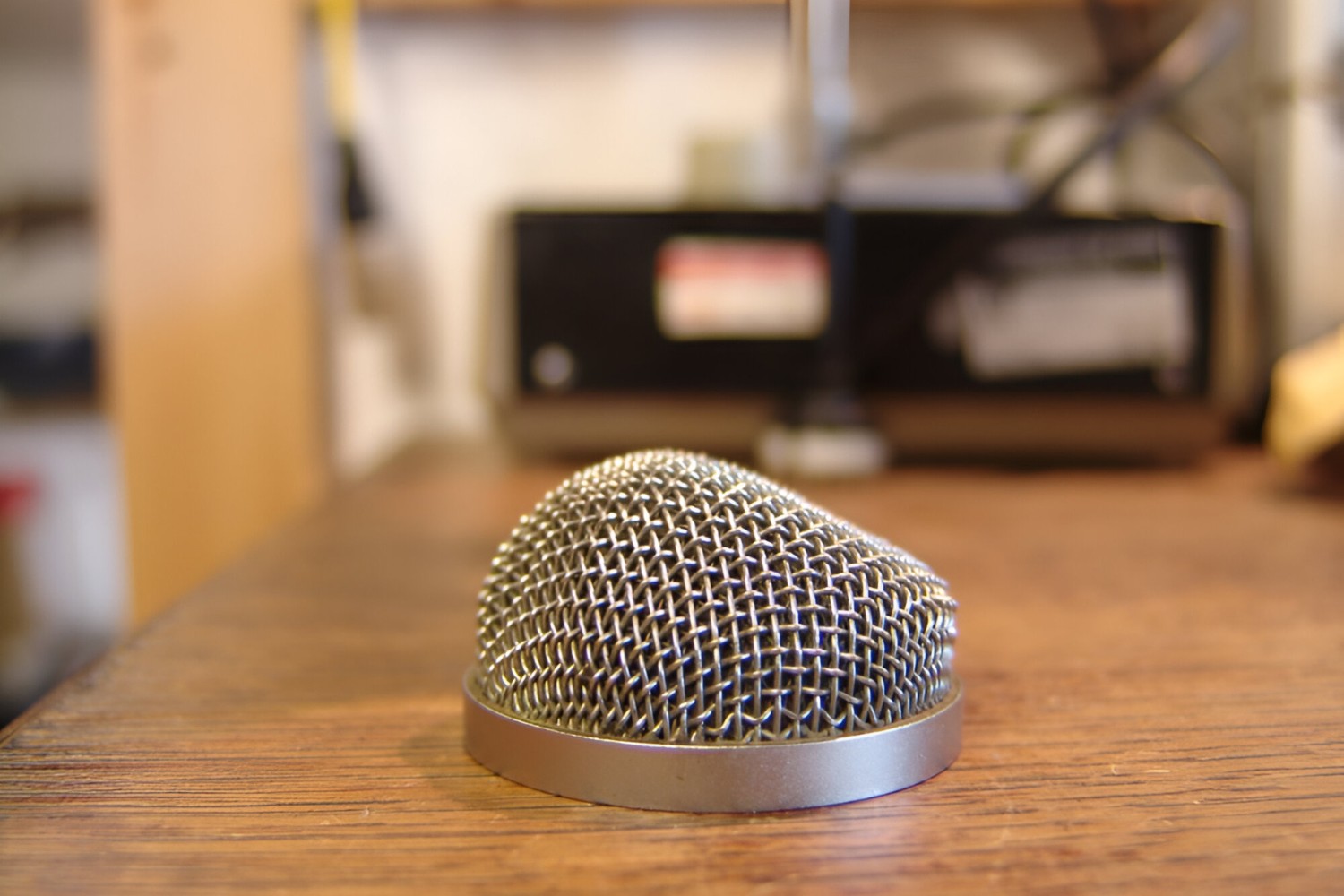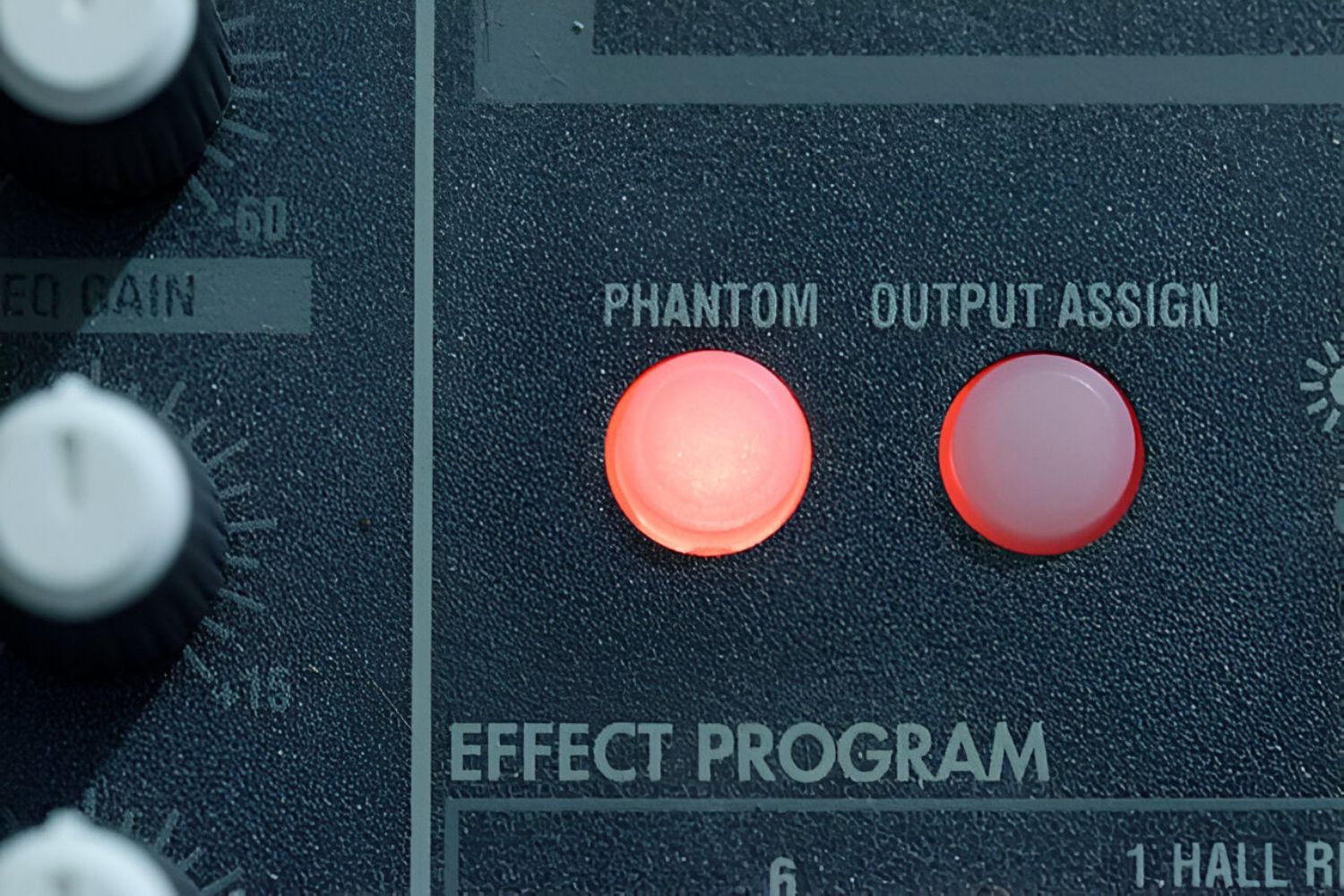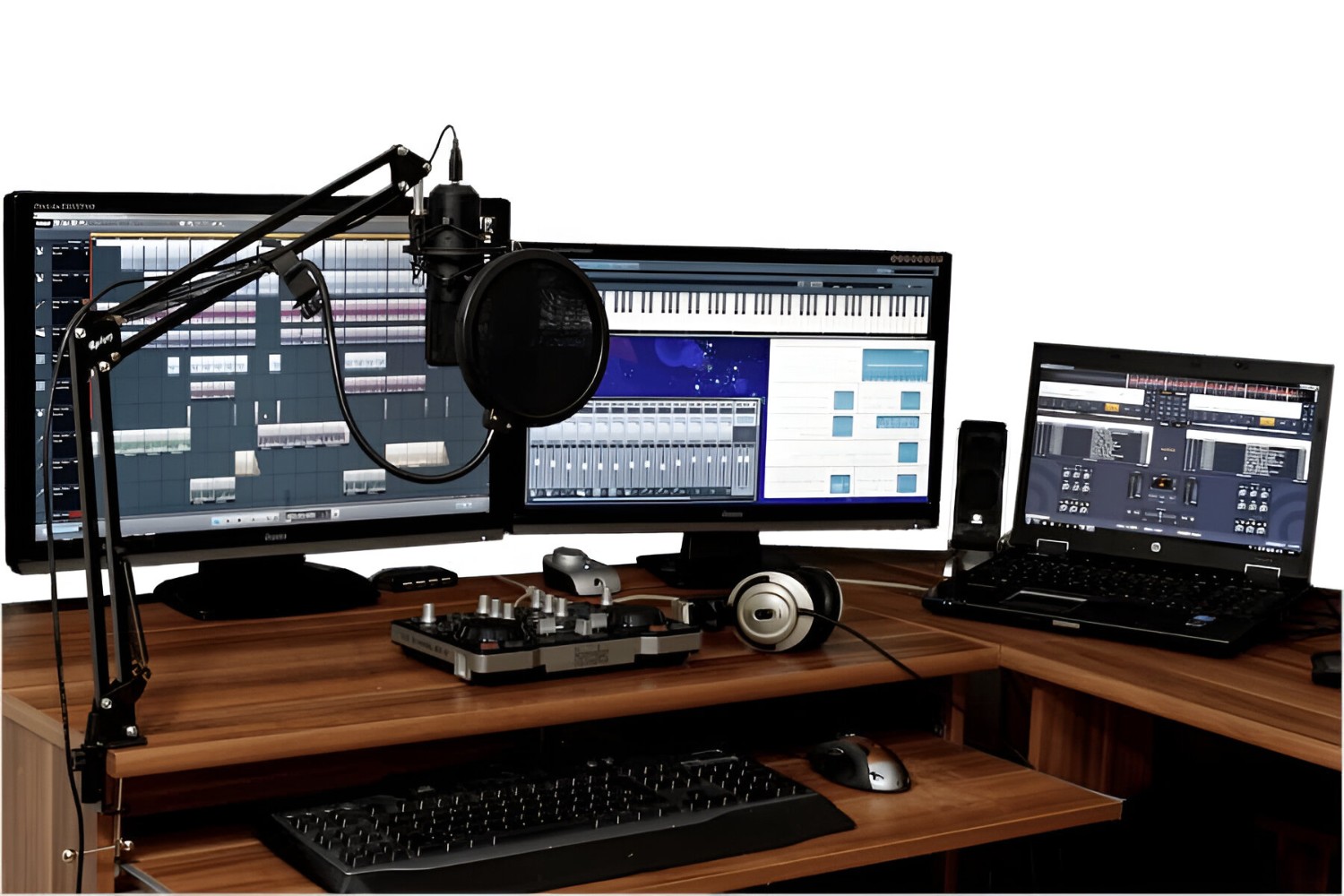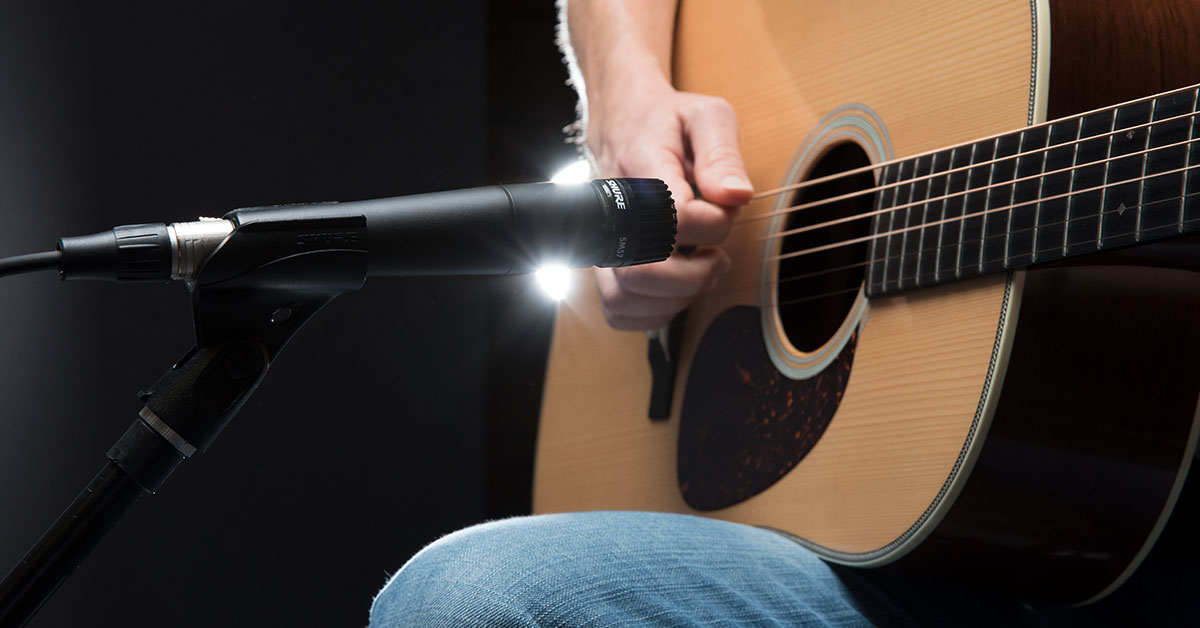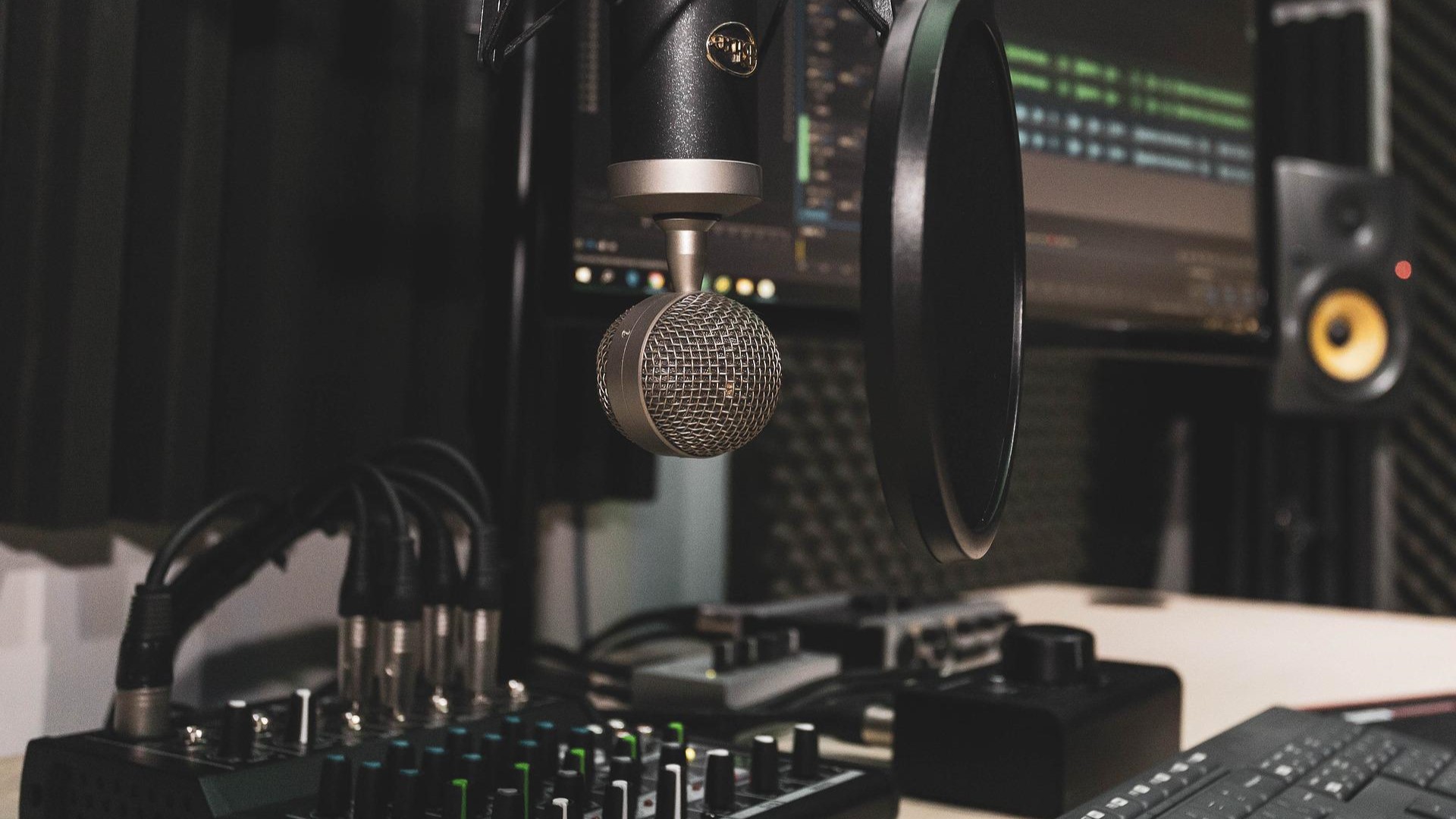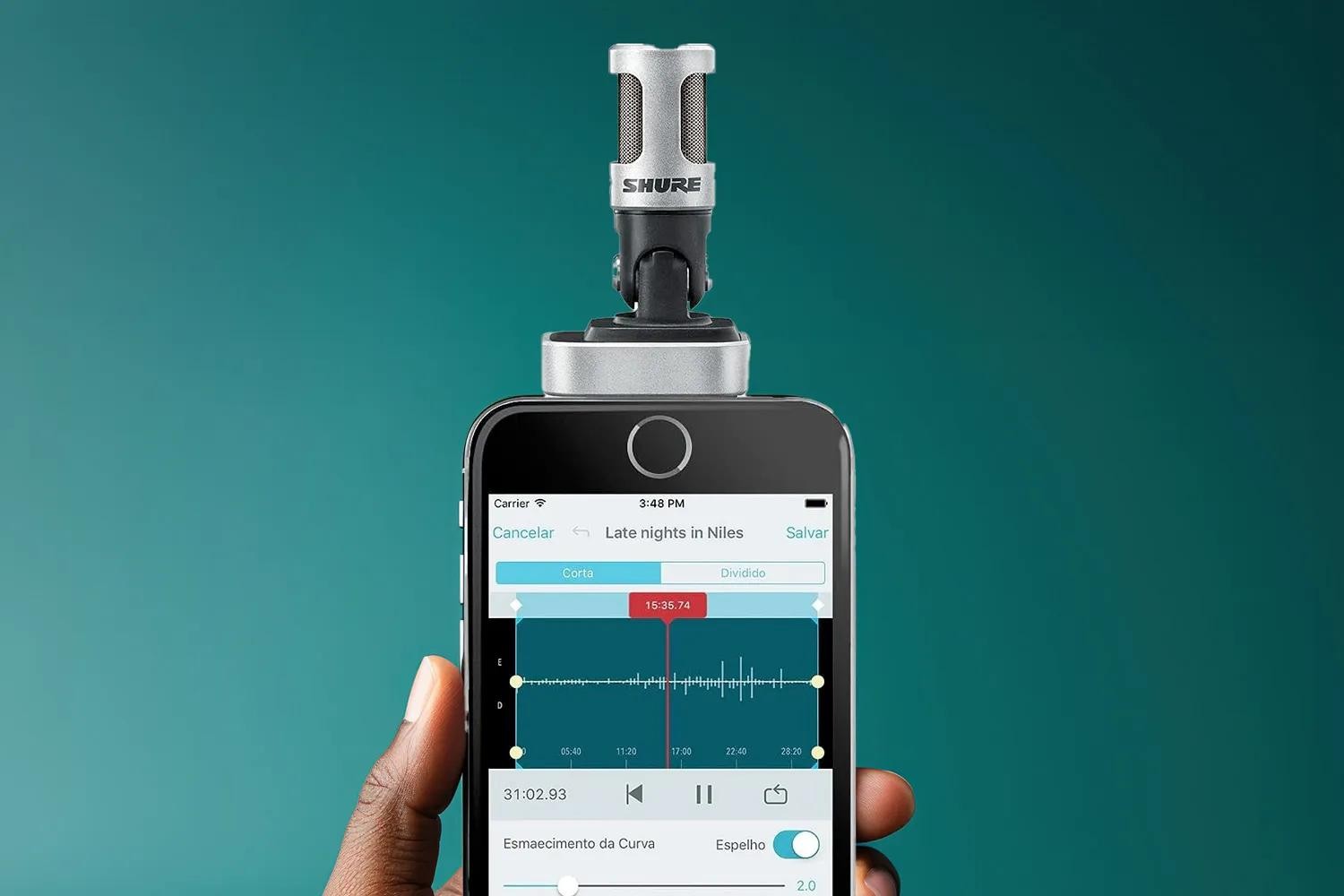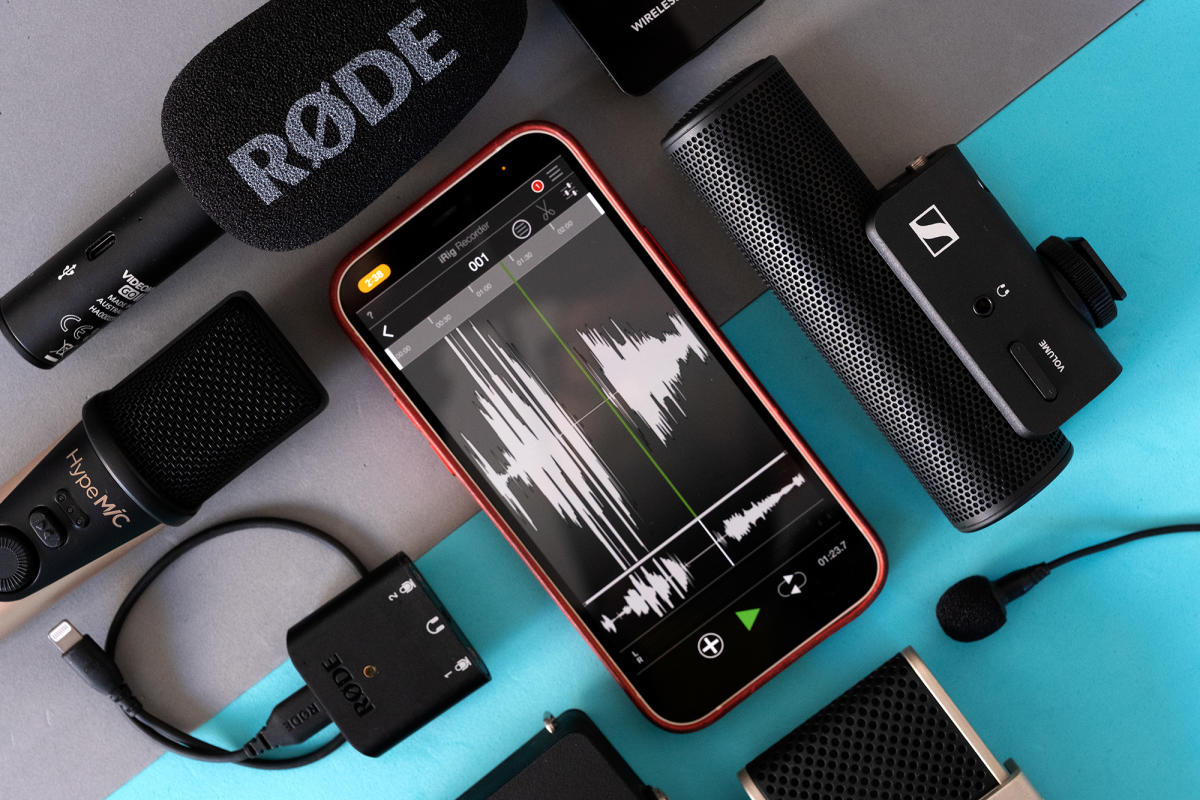Introduction
Understanding the Essence of Condenser Microphones
Welcome to the world of audio recording, where the choice of microphone can significantly impact the quality of your sound. Among the myriad of microphone options available, condenser microphones stand out as a popular choice for capturing clear, detailed, and nuanced audio. Whether you’re a professional musician, podcaster, content creator, or voiceover artist, understanding the capabilities and characteristics of condenser microphones can help you make informed decisions about your recording setup.
Condenser microphones, often referred to as capacitor microphones, are renowned for their exceptional sensitivity and high-quality sound reproduction. Their ability to capture a wide frequency range and transient details makes them indispensable in professional recording studios, live sound reinforcement, and home recording environments. In this comprehensive guide, we will delve into the inner workings of condenser microphones, explore the different types available, and discuss the advantages and disadvantages of using these sophisticated audio capture devices.
What is a Condenser Microphone?
A condenser microphone is a type of electroacoustic transducer that converts sound waves into electrical signals. Unlike dynamic microphones, which employ a coil and magnet to generate an electrical signal, condenser microphones utilize an electrically charged diaphragm and a backplate to achieve this conversion. The key components of a condenser microphone include a diaphragm, a backplate, and a charged capacitor (or condenser), which is responsible for the microphone’s name.
One of the defining features of condenser microphones is their sensitivity to sound pressure variations. This sensitivity allows condenser microphones to capture subtle nuances and details with exceptional clarity, making them ideal for recording vocals, acoustic instruments, and ambient sounds. Additionally, condenser microphones are renowned for their extended frequency response, enabling them to reproduce a wide range of audio frequencies accurately. This characteristic makes them well-suited for capturing the full spectrum of musical performances and vocal expressions.
It’s important to note that condenser microphones require a power source to maintain the electrical charge across the diaphragm and backplate. This power, known as phantom power, is commonly supplied through the microphone preamplifier or audio interface to ensure proper operation of the condenser microphone. Some condenser microphones also feature internal batteries or dedicated power supplies to facilitate their functionality.
How Does a Condenser Microphone Work?
Understanding the inner workings of a condenser microphone unveils the intricate process through which sound is transformed into electrical signals. At the heart of a condenser microphone lies a diaphragm, typically made of a thin conductive material such as gold-sputtered Mylar or metal-coated plastic. This diaphragm is positioned in close proximity to a backplate, creating a small gap between the two components.
When sound waves reach the diaphragm, they cause it to vibrate in accordance with the variations in air pressure. This movement induces corresponding changes in the distance between the diaphragm and the backplate, thereby altering the capacitance of the capacitor formed by these elements. As the distance between the diaphragm and the backplate fluctuates, the capacitance of the capacitor also varies, resulting in the generation of an electrical signal proportional to the sound waves’ amplitude and frequency.
Notably, the sensitivity and responsiveness of a condenser microphone are attributed to the low mass and high compliance of its diaphragm, enabling it to accurately capture the subtlest sound nuances. The electrical signal produced by the varying capacitance is then amplified and processed to yield an accurate representation of the original sound. The condenser microphone’s ability to capture a broad spectrum of frequencies and transient details makes it a favored choice for recording vocals, acoustic instruments, and intricate sound sources.
To facilitate the operation of condenser microphones, a power source is required to maintain the electric charge across the diaphragm and backplate. This power, commonly referred to as phantom power, is typically supplied at a voltage of 48 volts and is essential for the microphone’s functionality. Some condenser microphones also incorporate internal batteries or dedicated power supplies to ensure consistent performance.
Types of Condenser Microphones
Condenser microphones are available in various designs, each tailored to specific recording applications and environments. Understanding the distinct characteristics of these microphone types is essential for selecting the most suitable option for your recording needs.
1. Large-Diaphragm Condenser Microphones
Large-diaphragm condenser microphones feature a diaphragm with a diameter typically exceeding 1 inch. Renowned for their warm, detailed sound reproduction, these microphones are favored for recording vocals, acoustic instruments, and studio vocals. Their ability to capture subtle nuances and deliver a rich low-frequency response makes them a staple in professional recording studios and home setups alike.
2. Small-Diaphragm Condenser Microphones
Small-diaphragm condenser microphones, characterized by their compact diaphragm size, excel in capturing transient details and high-frequency content with exceptional accuracy. These microphones are often preferred for recording acoustic instruments, cymbals, and orchestral performances due to their ability to faithfully reproduce intricate sound sources and transient-rich signals.
3. Tube Condenser Microphones
Tube condenser microphones integrate vacuum tubes into their circuitry, imparting a distinct warmth and character to the captured audio. Renowned for their vintage sound and musicality, tube condenser microphones are prized for their ability to add a touch of analog warmth and harmonics to vocal recordings, electric guitars, and drum overheads.
4. Solid-State Condenser Microphones
Solid-state condenser microphones utilize transistor-based circuitry to achieve their signal amplification and processing. These microphones are known for their transparent, accurate sound reproduction and are widely used in broadcast, field recording, and studio applications where sonic transparency and precision are paramount.
Each type of condenser microphone offers unique sonic characteristics and is tailored to specific recording scenarios, making it crucial to consider the sonic attributes and intended applications when selecting the most suitable microphone for your recording endeavors.
Factors to Consider When Choosing a Condenser Microphone
When selecting a condenser microphone, several crucial factors come into play, influencing the microphone’s performance, suitability for specific applications, and overall sonic characteristics. Understanding these factors is essential for making informed decisions and ensuring that the chosen microphone aligns with your recording requirements.
1. Polar Pattern
The microphone’s polar pattern dictates its sensitivity to sound from different directions. Common polar patterns for condenser microphones include cardioid, omnidirectional, figure-8, and variations thereof. Selecting the appropriate polar pattern based on the recording scenario and desired sound capture is pivotal in achieving optimal results.
2. Frequency Response
The microphone’s frequency response outlines its sensitivity to various frequencies across the audible spectrum. Understanding the microphone’s frequency response curve can provide insights into its tonal characteristics, emphasizing specific frequency ranges and potential sonic coloration.
3. Sensitivity and SPL Handling
Consider the microphone’s sensitivity and maximum sound pressure level (SPL) handling capabilities, especially when recording loud sound sources such as drums, brass instruments, or amplified electric guitars. A microphone’s sensitivity and SPL handling directly impact its ability to capture both delicate nuances and high-intensity sound sources without distortion.
4. Self-Noise and Signal-to-Noise Ratio
Assessing the microphone’s self-noise level and signal-to-noise ratio is crucial, particularly for capturing quiet sound sources and achieving pristine audio recordings. A lower self-noise level and higher signal-to-noise ratio contribute to cleaner, more transparent recordings, especially during quiet passages and subtle audio details.
5. Build Quality and Durability
Examining the microphone’s build quality, materials, and overall durability is essential, especially for mobile recording setups and live sound applications. A robust, well-constructed microphone is more likely to withstand the rigors of frequent use and transportation, ensuring longevity and consistent performance.
By considering these factors and evaluating how they align with your recording objectives, you can make informed decisions when choosing a condenser microphone, ultimately enhancing the quality and fidelity of your audio recordings.
Advantages of Using a Condenser Microphone
Condenser microphones offer a plethora of advantages that make them indispensable tools for professional audio capture and recording. Their unique characteristics and performance capabilities set them apart from other microphone types, contributing to their widespread adoption in studio, live, and broadcast settings.
1. Sensitivity and Detail
Condenser microphones are renowned for their exceptional sensitivity to sound, allowing them to capture subtle nuances, transient details, and intricate sound sources with remarkable clarity. This heightened sensitivity makes condenser microphones ideal for recording vocals, acoustic instruments, and ambient soundscapes, where capturing delicate sonic elements is paramount.
2. Extended Frequency Response
Condenser microphones boast an extended frequency response, enabling them to faithfully reproduce a wide range of audio frequencies with precision and accuracy. This characteristic makes them well-suited for capturing the full spectrum of musical performances, vocal expressions, and complex sound sources, delivering a rich and detailed sonic portrayal.
3. Low Noise and Distortion
Compared to dynamic microphones, condenser microphones exhibit lower self-noise levels and reduced distortion, resulting in cleaner, more transparent audio recordings. This attribute is particularly advantageous when capturing quiet passages, subtle acoustic details, and nuanced vocal performances, ensuring pristine sound quality and fidelity.
4. Versatility and Adaptability
Condenser microphones are highly versatile and adaptable to diverse recording scenarios, making them suitable for a wide range of applications, including studio recording, live sound reinforcement, broadcast, podcasting, and field recording. Their ability to excel in capturing vocals, acoustic instruments, percussion, and environmental sounds underscores their flexibility and utility across various audio production endeavors.
5. Articulate and Natural Sound Reproduction
Condenser microphones excel in delivering articulate, natural sound reproduction, preserving the authenticity and expressiveness of the recorded audio sources. Whether capturing the nuances of a vocal performance, the resonance of a grand piano, or the ambience of a live concert venue, condenser microphones excel in conveying the true essence of the sound, enhancing the listener’s immersive experience.
By harnessing these advantages, condenser microphones empower audio professionals, musicians, content creators, and broadcasters to achieve exceptional sound capture and elevate the sonic quality of their productions, contributing to immersive and engaging auditory experiences.
Disadvantages of Using a Condenser Microphone
While condenser microphones offer a myriad of benefits, they also present certain limitations and considerations that warrant attention, particularly in specific recording scenarios and operational contexts. Understanding these disadvantages is crucial for informed decision-making and optimal utilization of condenser microphones in diverse audio production environments.
1. Sensitivity to Environmental Noise
Condenser microphones are inherently sensitive to environmental noise, including room reverberation, HVAC systems, and ambient sounds. This heightened sensitivity can pose challenges in acoustically untreated or noisy environments, potentially necessitating additional acoustic treatment and noise mitigation measures to achieve pristine audio recordings.
2. Phantom Power Requirement
Unlike dynamic microphones, condenser microphones require a power source, typically supplied in the form of phantom power, to maintain the electric charge across the microphone’s diaphragm and backplate. While most professional audio interfaces and mixing consoles provide phantom power, mobile recording setups and certain live sound applications may necessitate dedicated power sources, adding logistical considerations.
3. Fragility and Durability
Condenser microphones, especially those featuring large, delicate diaphragms, are more susceptible to physical damage and mishandling compared to rugged dynamic microphones. Their intricate internal components and sensitive diaphragms require careful handling, making them less ideal for rough-and-tumble applications and outdoor recording scenarios.
4. Proneness to Overloading
Condenser microphones, particularly those with high sensitivity and low self-noise levels, are more prone to overloading and distortion when exposed to high sound pressure levels (SPL). This limitation necessitates caution when recording loud sound sources such as drums, brass instruments, and amplified electric guitars, requiring proper microphone placement and gain management.
5. Cost Considerations
High-quality condenser microphones often entail a higher initial investment compared to dynamic microphones, posing financial considerations for budget-conscious recording setups and beginners. While the sonic benefits of condenser microphones are undeniable, the associated costs may influence microphone selection, especially in entry-level and project studio environments.
By acknowledging these disadvantages and addressing them through strategic microphone selection, environmental adjustments, and proper handling, audio professionals and recording enthusiasts can leverage the strengths of condenser microphones while mitigating their limitations, ensuring optimal audio capture and production outcomes.
Wrapping Up the Condenser Microphone Journey
Embarking on the exploration of condenser microphones unveils a world of sonic intricacies, performance nuances, and recording possibilities. From their exceptional sensitivity and extended frequency response to their versatility and adaptability, condenser microphones stand as indispensable tools for capturing the essence of sound with unparalleled fidelity and detail.
As you navigate the realm of audio recording, whether in a professional studio, a live performance venue, or the comfort of your home setup, understanding the advantages and disadvantages of condenser microphones is pivotal. Their sensitivity to sound, extended frequency response, and articulate sound reproduction make them ideal for capturing vocals, acoustic instruments, and ambient environments with stunning clarity and realism.
However, it’s essential to acknowledge the considerations and limitations associated with condenser microphones, including their sensitivity to environmental noise, phantom power requirements, and potential fragility. By addressing these factors through thoughtful microphone selection, acoustic treatment, and proper handling, you can harness the full potential of condenser microphones while mitigating their inherent challenges.
Ultimately, the choice of microphone, whether a large-diaphragm condenser for intimate vocal recordings or a small-diaphragm condenser for detailed acoustic instrument capture, plays a pivotal role in shaping the sonic character and authenticity of your recordings. By embracing the capabilities and understanding the nuances of condenser microphones, you empower yourself to craft immersive, captivating audio experiences that resonate with listeners and elevate your creative endeavors.
So, as you venture forth in your audio recording pursuits, armed with the knowledge of condenser microphones’ strengths and considerations, may your sonic explorations be filled with clarity, creativity, and the joy of capturing the essence of sound in its purest form.







